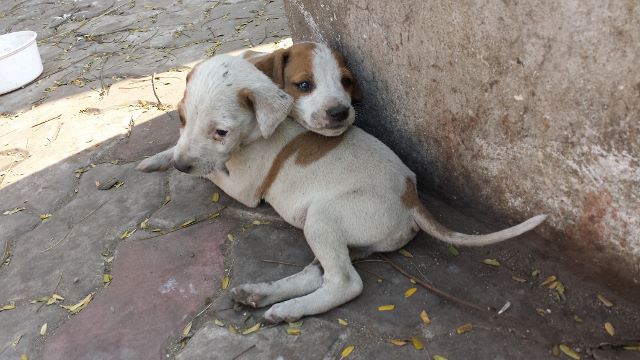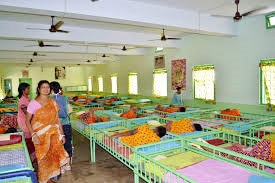So far, I’ve broken three cardinal rules whilst in India:
- Thou shalt not travel alone (especially if thou does not have male genitalia).
- Thou shalt not give to beggars.
- Thou shalt not eat anything thou cannot watch boil or burn.
The third broken rule was only breached by food consumed on Air India. It was among the best airplane food I’ve tasted, partly because I was starving and partly because it was seasoned with curry powder and turmeric. And I was among the majority of the plane in accepting the vegetarian option.

On February 5, 2014, I broke a forth:
- Thou shalt not fall in love.
Mother Teresa’s “Shanti Dan” is a home for 62 beautiful girls. The girls range in age from 18 to 40, but their developmental ages range from about one to 12-years-old. The home also severs older, battered women with mental and psychological disorders. Mother Teresa’s successor asked me to spend my mornings there when I told her that I was a pediatric health psychologist. When I told her I was interested in palliative care, she asked me to go to Kalighat in the afternoons. I spent my first morning with the “birds” (nonverbal girls, some of whom are mobile but all of whom can communicate to varying degrees). Other groups include the “butterflies” who can walk but are nonverbal, the “rainbows” who cannot move or speak, and the “flowers” who cannot see. I’m never going to forget the love that the nuns (called “Sisters”), local women (“mashis”) and volunteers (“Aunties”) exchange with the girls, each expressing it differently.
Volunteers meet at the Motherhouse at 6:00am for mass and a breakfast of chai (hot, milky tea), bananas and plain (untoasted, unbuttered) white bread. The other “aunties” assigned to Shanti Dan then literally jump onto the crowded, humid, incessantly-honking bus to Shanti Dan.
The Shanti Dan facility is an oasis of green and blue in the middle of an intense, yellow-brown suburb. One can still hear the horns of cabs, busses and rickshaws inside the gates and see people bathing in the sewage from the rooftop but inside, life is safe. Life is structured and there are clean, loving little girls to hug. They want is attention. However, the house is not pure heaven to my Californian mind. The mashis (employed local women) are quite rough with the girls, and constantly yelling. I come to learn that the ladies are not releasing aggression, though; the ability to make noise seems to be an essential part of life here. Even my yoga teachers in Mumbai use harsh noises to instruct the classes, I learn the following week in Mumbai.

The four to five-foot-tall orphan girls are collected by nuns from streets, alleys and railway stations a couple of times each month. They do not receive the most advanced care in the world. The only help they receive comes from the followers of Mother Teresa, philanthropists and volunteers, but it is genuine and generous. I’ve found another home in this corner of the world. I wish I could stay longer than a few days, but turn again to the wal
l of “Mother’s” quotes for reassurance: “It does not matter how much you do, but the love which you put into it that matters.”—Mother Teres
a